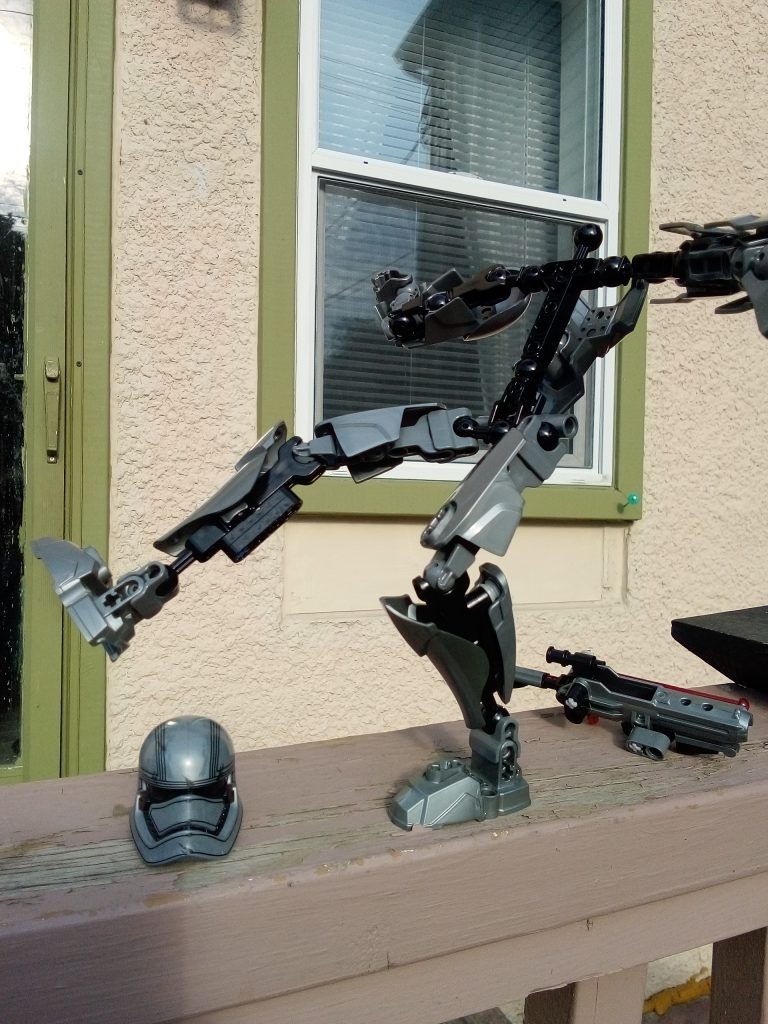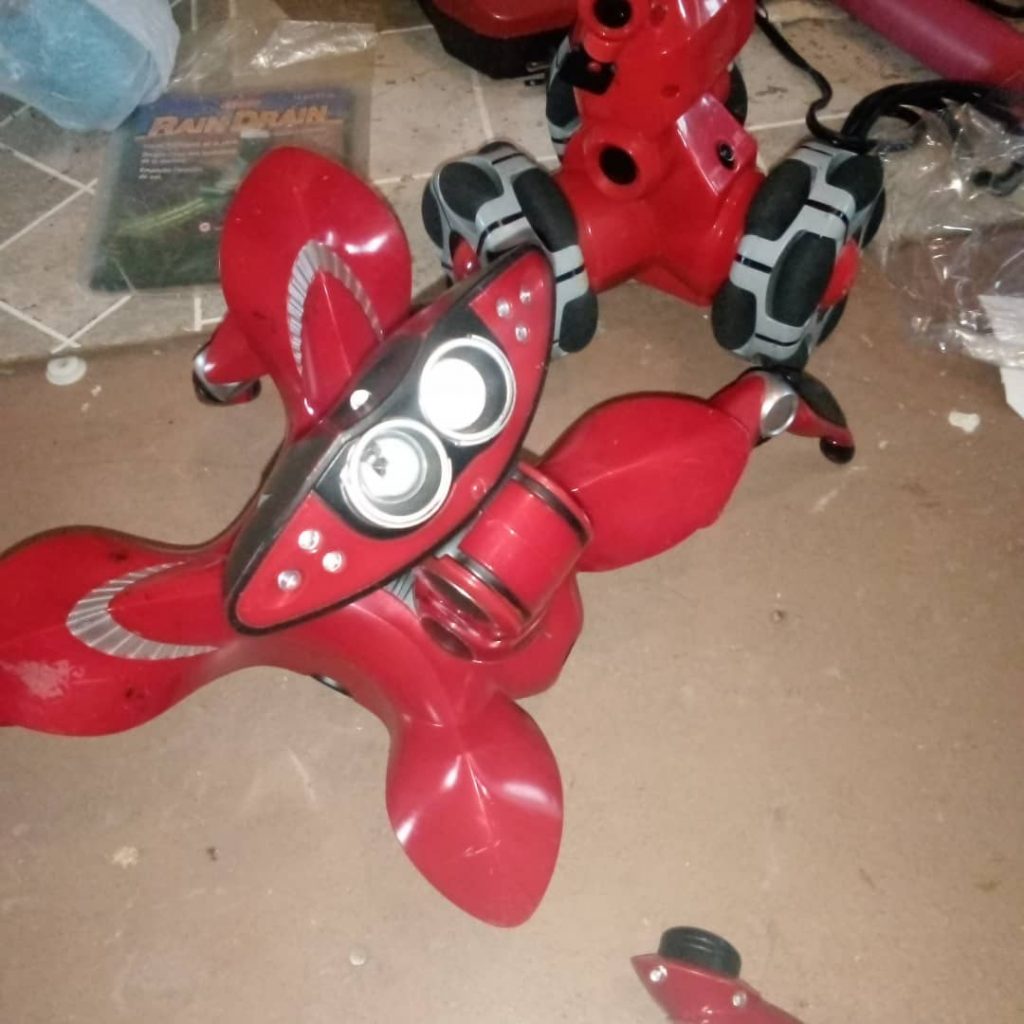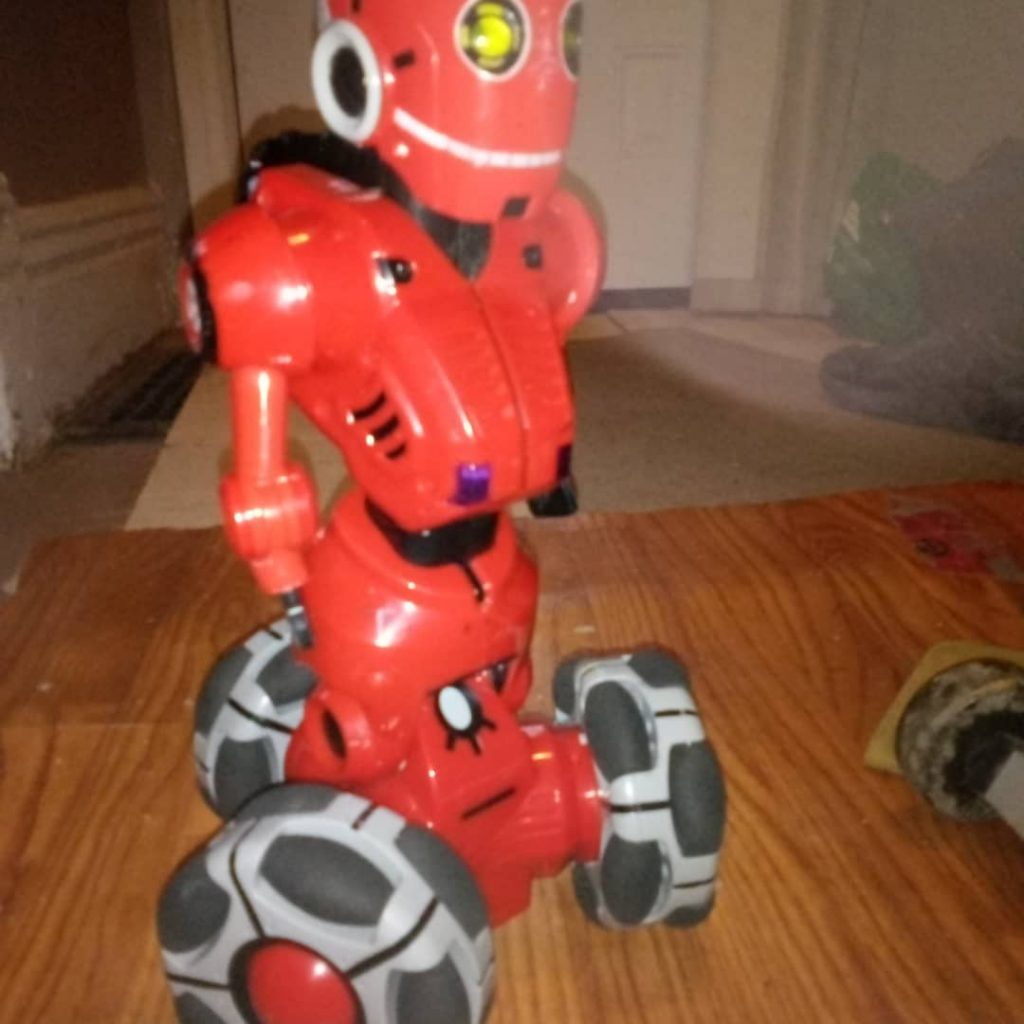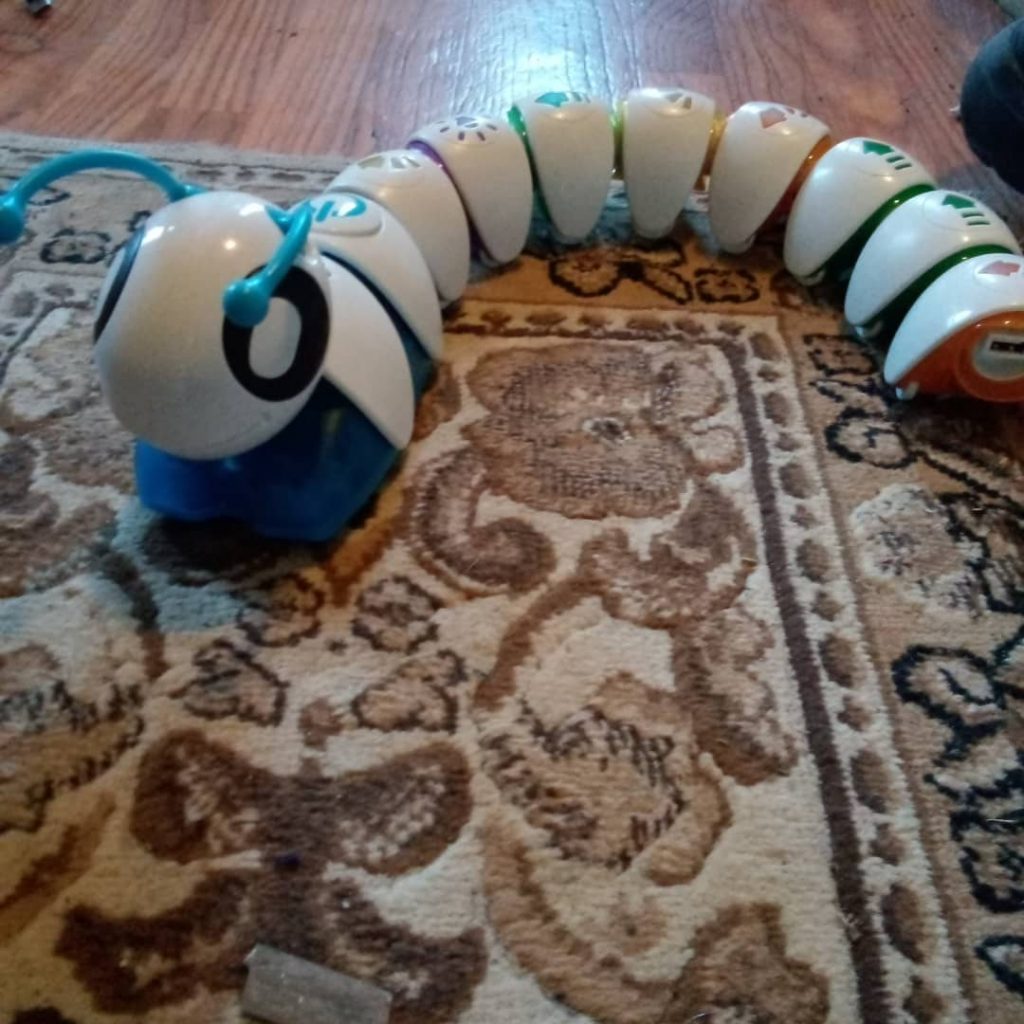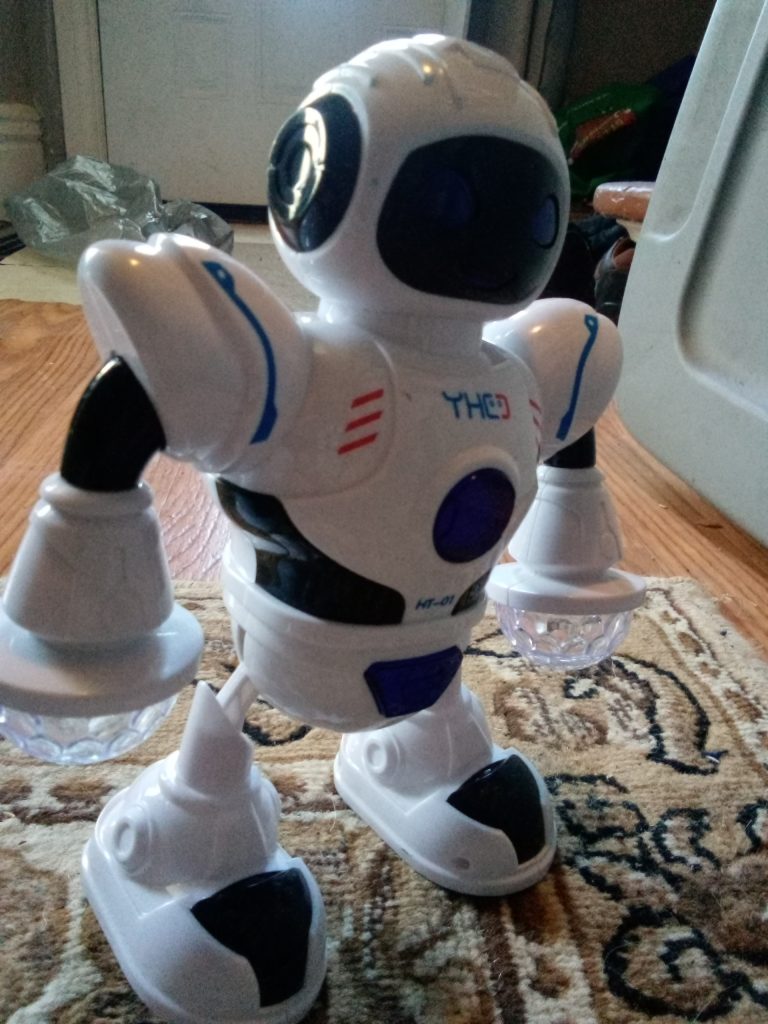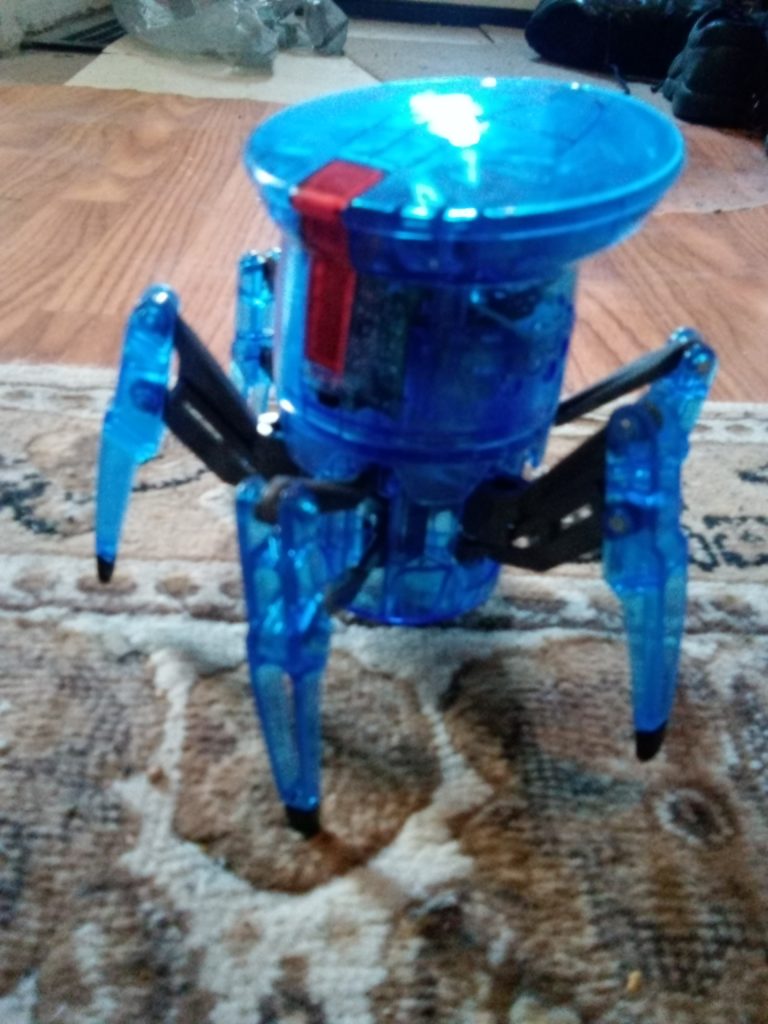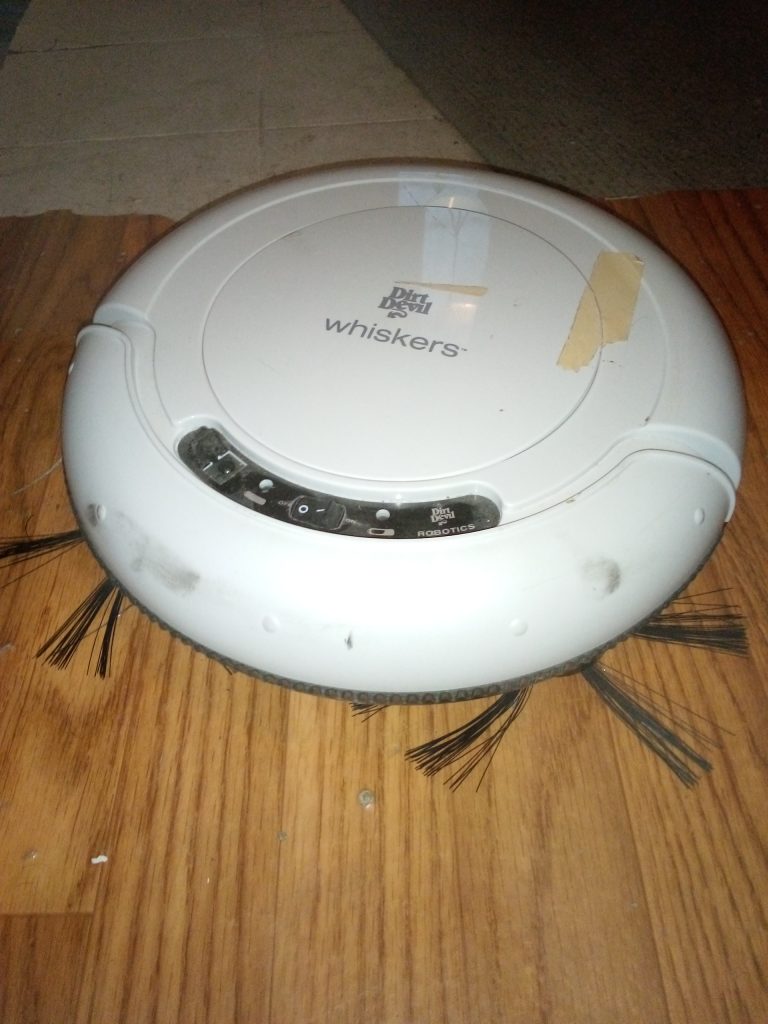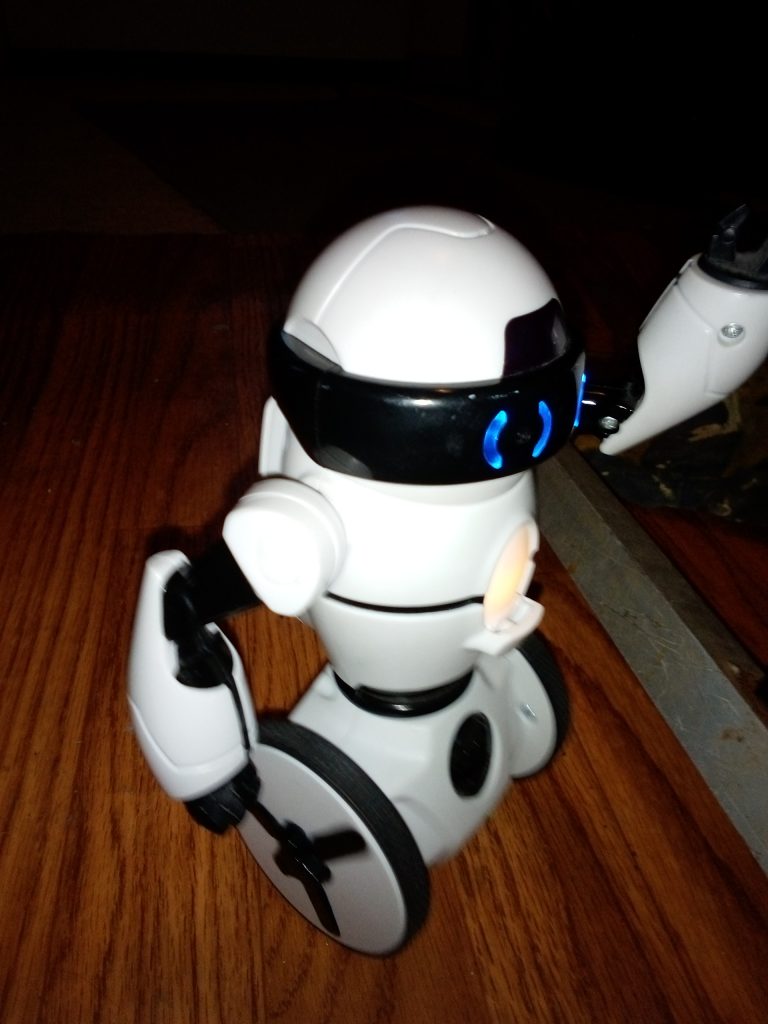Here we will talk about locomotion or how your robot will move.
We won’t be talking about most industrial factory robots that are sitting on a platform but we will talk more about humanoid or animal like or rolling robots.
So some of the basic decisions here as it relates to locomotion are will it walk with some number of legs or with wheels/tank treads or will it be flying or underwater.
A humanoid robot like the Hanson Robotics internationally famous Sophie robot technically has no moving legs but is placed on a moving platform which in 2021 was rolled out onto the Jimmy Fallon Television stage to be demonstrated.
In this section we will talk about your first decision if your robot will just be on a platform or will it have legs that roll or will it have actual two legs that move in some type of walking motion or what is called a gait.
Walking is usually one of the hardest things to do with a full size heavy robot because of the need for heavier motors and gears and the great heat of the battery and the pressure that is placed on all of the parts.
Before going further, check out this newer robot called Leonardo being developed at Caltech, which is shown in the youtube video walking with high heel type legs and actually flying to go down stairs or off a tabletop. https://www.youtube.com/watch?v=h3bkvVXsVFM
Here is a good site that talks about how to make a quadriped walking robot. https://www.hackster.io/news/champ-the-open-source-quadrupedal-robot-with-autonomous-navigation-9781d4991e34
But you can have your robot on a platform and move it around manually or it can be moved using a basic remote control handheld unit or it can be made autonomous to move about like a home vacuum with sensors.
If you decide that you want it to actually move its legs and walk then you get a lot more complicated especially if your robot is taller than about 2 feet and is heavier than about 20 pounds.
Now most older toy robots that had moving legs would move like a Frankenstein monster by shuffling along and moving its entire body side to side as it walked.
This is done because you need to balance the robot while walking so that it won’t fall over and very few robots bigger than a foot tall are able to get up when they fall.
This is a toy robot that sells for about$20 and its selling feature is that it can get up when it falls.
This is done partly by having arms that can move completely around and push its body back up. So if you go for this effect than your humanoid robot will not look like a person if its arms can go past about 90 degrees!
The book “Creating Cool Mindstorms NXT Robots” by Danielle Benedettelli(2008) dedicates about 2 chapters to talking about the several ways to achieve bipedal walking with the older Mindstorms toys.

He found that Mindstorm NXT users had about 3 main ways to move their toy robots
- interlacing walk
- cog (center of gravity) jerky
- cog (center of gravity) smooth
Its all about figuring out a way to move your robots legs one foot in front of the other without it falling down.
The interlacing technique involves having the bottom of the feet in a u shapped pattern and each leg would lift up and go forward ahead of the other foots u shaped pattern and the robot would not have to shift on its hips at all.
The next way to move is the COG shifting way where you would either move the robot from side to side or you would bend the legs at the ankle, hip or knee.
You can watch how a Wowwee Robosapien V2 robot toy walks.
CLIMB STAIRS?
Climb Stairs
The ability for a robot to climb stairs or especially a ladder amazes just about everyone who sees it and rightfully so because it is just so complicated to achieve!
The robot must be made to balance itself and moves it weight up and perhaps back down the stairs without tilting too much to one side and falling.
Many people were amazed in the 1960s with a simple spring toy called a “slinky” which when placed at the top of a stair case it would proceed to unravel and walk itself down a the stairs a step at a time.
This was and is amazing to see but many people assumed that it would be easy to make a robot do the same thing but it is not.
We will all realize that a small lightweight toy can be made to do just about anything but when you are talking a full human sized heavy robot then that is a totally different story.
You can see some of the robots by Boston Dynamics able to go up and down stairs and dance and move along rough surfaces so they are certainly the ones to learn from and watch.
http://www.bostondynamics.com
